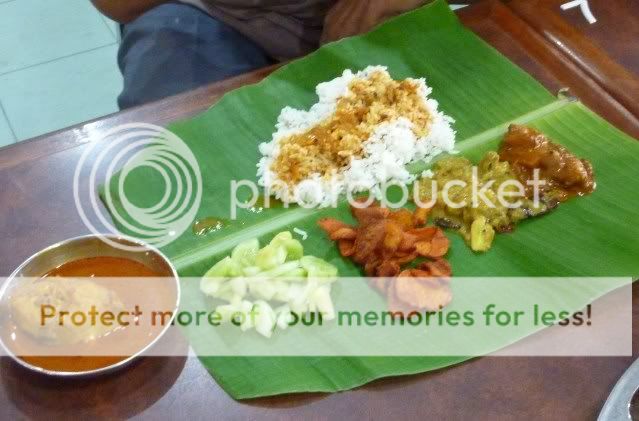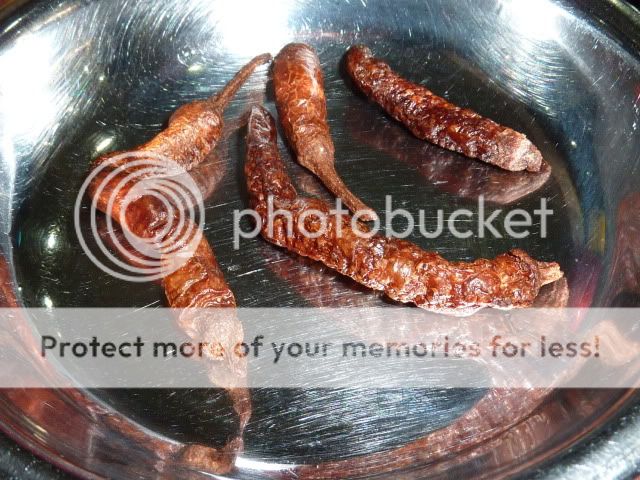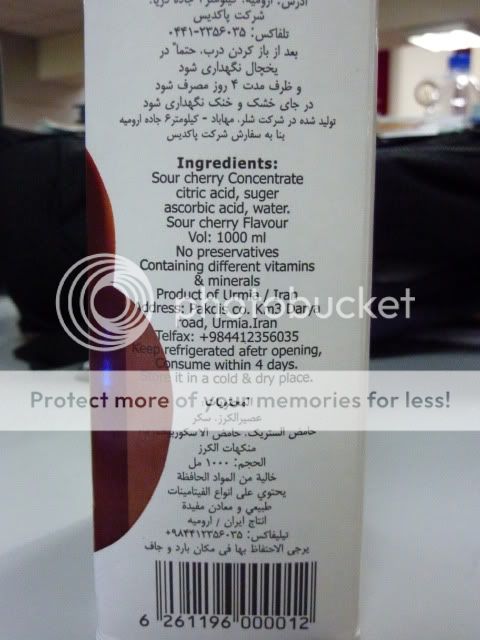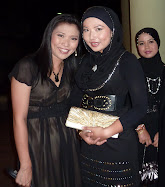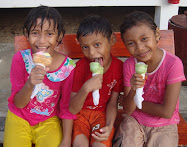
While driving my motorcycle around one fine Saturday morning, I happened upon the following kampung house/shop. Adina Batik is a both a shop that dyes cloth using the batik method and a retail outlet in the Kuantan kampung of Tanjung Lumpur, across the Kuantan River from Kuantan town. Batik is one of the more famous craft skills in Malaysia, but there are few home-based businesses doing the craft, making my "discovery" a pleasant one.
 I first got into batik when I moved to Malaysia. I purchased the book Batik in the Start-A-Craft series, written by Joy Campbell.
I first got into batik when I moved to Malaysia. I purchased the book Batik in the Start-A-Craft series, written by Joy Campbell.I also took a one-day class from a lady who showed me the basics and got me started. For our first (and only) project, my daughter and I took new white cotton pillowcases and made simple designs using hand-held copper wax pens (called cantings or tjantings) that allow for freeform design, and simple copper block stamps that provide a consistent pattern.
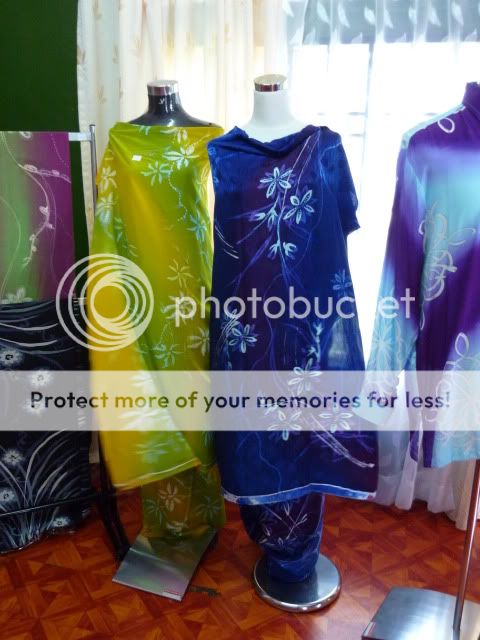
 The Adina shop uses only cotton or silk, and as shown in a photo, the material is stretched out onto a wooden frame where the freehand designs can be drawn in hot wax. Dye is painted on, by hand, allowing for fine detail and a mix of colors. After fixing the dye with chemicals in a vat, the wax is removed through washing with hot water.
The Adina shop uses only cotton or silk, and as shown in a photo, the material is stretched out onto a wooden frame where the freehand designs can be drawn in hot wax. Dye is painted on, by hand, allowing for fine detail and a mix of colors. After fixing the dye with chemicals in a vat, the wax is removed through washing with hot water.
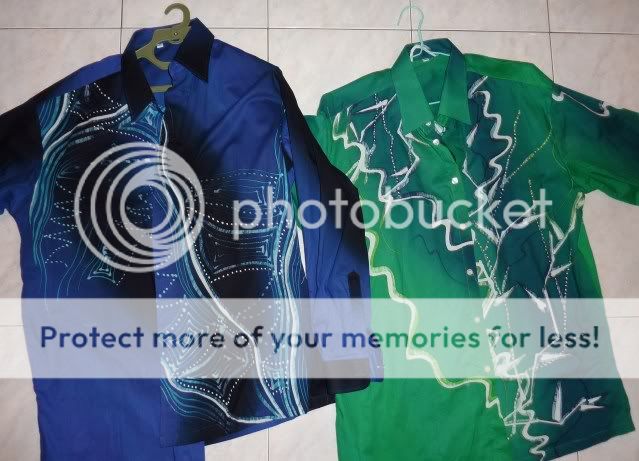 Inside the house is a one-room retail outlet with an excellent assortment of both material, and finished products, mostly women's outfits and men's shirts. The prices are very reasonable for such high quality work. A short-sleeve shirt is around RM85, while long-sleeve runs RM95-120. The material is sold in 4-meter lengths (typical) and around 1 meter wide, and runs around RM230 for silk, with cotton costing slightly less.
Inside the house is a one-room retail outlet with an excellent assortment of both material, and finished products, mostly women's outfits and men's shirts. The prices are very reasonable for such high quality work. A short-sleeve shirt is around RM85, while long-sleeve runs RM95-120. The material is sold in 4-meter lengths (typical) and around 1 meter wide, and runs around RM230 for silk, with cotton costing slightly less.




